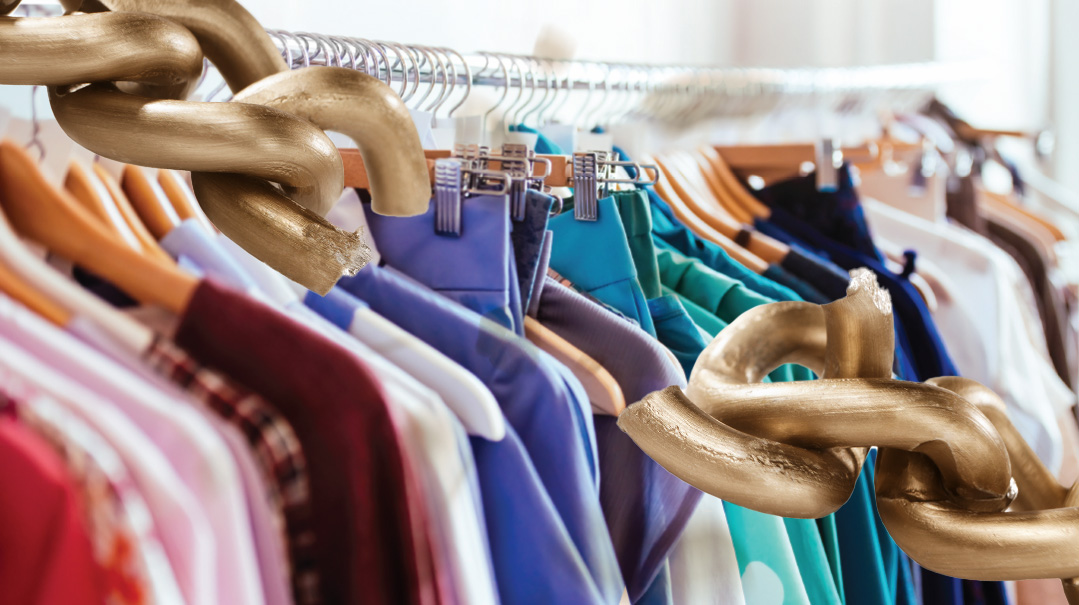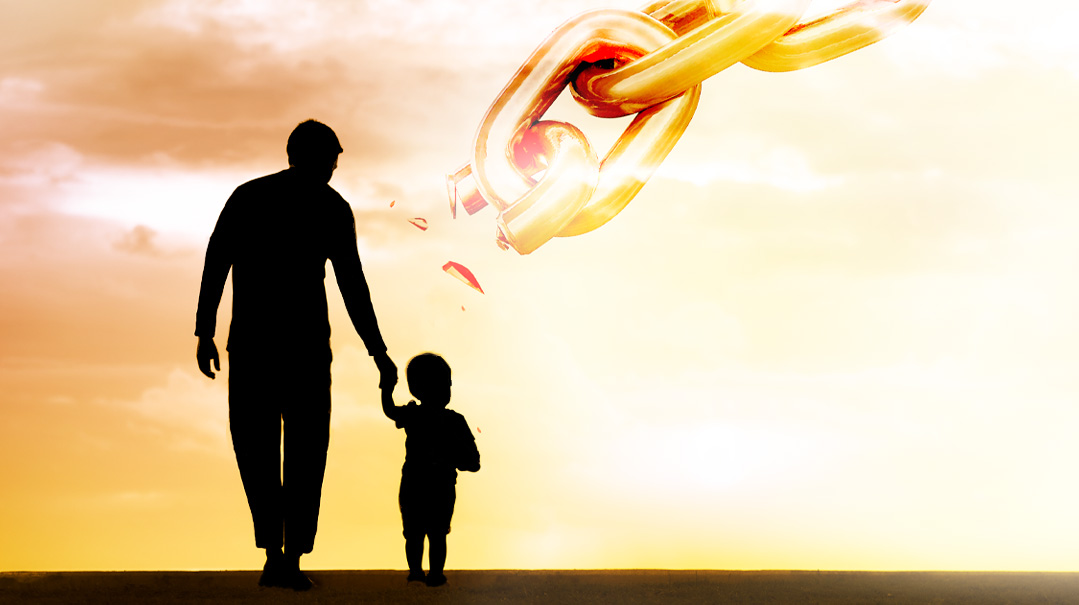The Price I Paid
| September 20, 2022Growing up, I knew that it was bad to spend money and sinful to buy things at full price

T
he lime-green blouse hung there in Marshalls, whispering my name. I fingered it, taking note of the fabric and design, and then slowly made my way down to the price tag: $24.99. My heart sank.
Anything up to $19.99 was okay. Four shirts for $14.99 each? Sure. But one at $24.99? No. That was not a “good deal.” The shirt stayed on the rack.
My mother never needed nice things, and neither did her mother, nor, probably, her mother before her. Nice things were unimportant and frivolous. Besides, we didn’t deserve them. Growing up, I knew that it was bad to spend money and sinful to buy things at full price.
Each time we went back to Marshalls, I checked to see if “my” shirt had gone on sale, or if my mother had changed her mind. It hadn’t, she didn’t, and I never got to own that blouse.
My mother’s family celebrated bargains. I think my mother may have been secretly trying to win her family competition of buying the most while spending the least. She craved that high of finding a good buy, slowing down at every garage sale and cheap downtown store.
One day, my mother came charging into the house telling me she’d found an amazing store, and we were going shopping for a Shabbos outfit. I was thrilled.
And then we got to the store. The good part was that things were so cheap I could buy anything I wanted. The not-so-good part? There was nothing there to want. But since my mother saw gold where I saw garbage, we walked out with a suit, which, if we added shoulder pads and took in the seam and sewed up the slit and changed the buttons, might look passable. The main thing was that it was 75-percent cheaper than any Shabbos outfit from a Jewish store.
I was 13. The suit was appropriate for a 40-year-old woman. I wore it once, then hid it deep in my closet, together with the accompanying shame.
Pick a year and a season, and I will have a story to tell about some outfit or other. As a young adult, I’d look on in wonder as my friends casually spent triple what I would on any given item. I knew I was Different. I couldn’t do that, couldn’t shop in Jewish stores, with up-to-date merchandise and beautiful styles. That was for “Other People.”
I won’t even get into kallah shopping.
A few years into my adult life, I slowly started to realize something. I love nice things. Relegating myself to finds on the clearance rack didn’t work for me — or my self-esteem. I needed to change the pattern.
One day, while staying at my parents’ house on a visit from Eretz Yisrael, I did something daring. I walked into the local clothing boutique to buy Pesach outfits for my two boys.
All my instincts screamed at me to bolt, and I kept checking over my shoulder to make sure there was no one there who knew I didn’t belong. But I stayed. And I found a gorgeous, navy-and-white knit sailor set. The price was way above my normal range, but the outfit was still one of the lower-ticket items in the store. I envisioned my kids, looking precious in their adorable new outfits, and I bought the outfits. So, this was how people did it!
When I came home, I got busy with the kids and somehow left the bag hanging on a dining room chair. I can still hear the heart-stopping rustle of the shopping bag as my mother reached in to check out what I’d bought. And it still had price tags! My throat tightened. I was caught.
I don’t remember the words, or whether there were words at all. But I can still feel my mother’s oozing disapproval, black water seeping through my being. I had veered from the script, and that wasn’t okay. My chest was exploding from pressure. I had to do something, say something, make it better. Tell her I was returning the clothes. Explain it away, somehow.
I didn’t.
That was the first time I stepped out of the pattern, but not the last. Once I noticed that I hadn’t actually disintegrated from my mother’s disapproval, I was strengthened to do what worked for me, not what worked for her and generations of her extended family.
On a later trip to the States, I hit the stores again. This time, I was shopping for myself. It was fun to have the saleslady fuss over me, bringing me anything that might tickle my fancy. Still, I hoped she couldn’t tell I wasn’t supposed to be there.
After a glorious hour (or was it two or three?), it was time to pay. Cold fingers gripped my throat as I took out my wallet, but I took a deep, calming breath, swallowed hard, and paid. I walked out that day with more than a bag of new clothing.
When my brother recently got married, my kids were the only ones with new shoes — mid-season. Old conditioning reared its head, and I felt guilty because they weren’t essential. But my needs include my kids looking presentable in the way I want them to be. And they did. They looked stunning.
Now, when I take my girls shopping, it’s deeply satisfying to me that the first thing they look at is the style, not the price tag. Cost is important, too, and it’s part of the decision, but it’s not the basis for the entire decision. There’s a balance.
Learning that it’s okay to spend money on myself sometimes helped me learn that I’m worthy and deserving. Apparently, the next generation has learned it too.
(Originally featured in Family First, Issue 811)
Oops! We could not locate your form.






